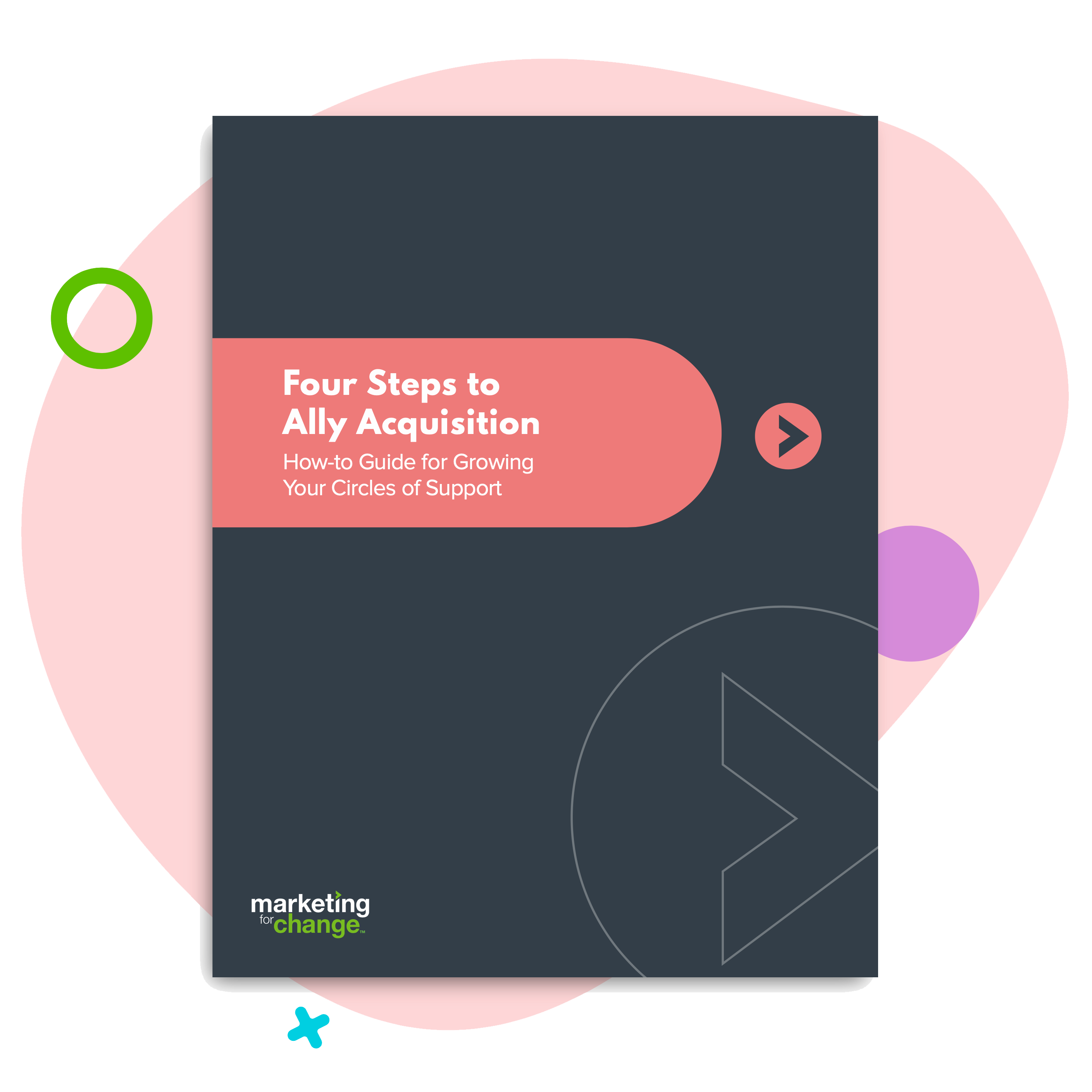
How to Use Advocacy To Bridge the Divide
The phrase I have heard over and over in liberal circles since the November election is, “we need to listen.”
The goal of listening is ostensibly to “bridge the divide.” But in reality, most people who say they want to “listen” are driven to do so by a belief that working class Trump supporters have voted against their own interests.
The goal of listening is to understand “them” — so we can figure out how to get them to think like “us.”
Because we’re right. Right?

When you are convinced of the truth — that the planet is warming dangerously, that access to health insurance saves lives and money, that exposure to toxic chemicals permanently lowers infant IQ — it can be tempting to think that, if you could only figure out how to accurately present the facts in a persuasive argument, people would see the light.
There’s only one problem. It doesn’t work.
Behavioral scientists like Daniel Kahneman (Thinking Fast and Slow) have known for some time that people make decisions based on emotion and back up their decisions by cherry-picking facts (in a process known as confirmation bias).
In our highly politicized times, when people can choose their news sources (and even their facts), trying to persuade people to think like you pretty much guarantees that you will end up preaching only to your own choir.
If you want to expand your reach, try what we call our Ally Acquisition approach. Think about what you want people to do, decide how you can help, and begin by engaging them there.

In our work with Healthy Babies Bright Futures, a nonprofit which aims to reduce exposure to toxins in the first 1,000 days of life (a critical period for brain development), we’ve done a lot of listening — to moms and moms-to-be.
The organization knows that making a real dent in infants’ exposure to brain-damaging toxins will require legislative action. But rather than simply rallying the troops — the green groups and safety advocates who already care about toxins in the environment — we focused on expanding HBBF’s reach with mothers and mothers-to-be (who cross the political spectrum).

In a process we call Connect, Counsel and Convert, our goal is to first make a connection by offering to help with something our target audience already is looking to do. We started by asking what moms are “shopping” for — what is it that they want? In this case, many moms are literally shopping — for strollers, car seats and cribs.
The next question was, how can we help? We created an online Product Finder where moms and their loved ones can find furniture, baby shower gifts, infant cereal and other items that are free of the toxins that damage developing brains.
And then we asked, where can we bridge HBBF’s advocacy areas to interests moms already have? We use the Product Finder to make that connection. For example, if a mother searches for “food and water,” she’ll learn to choose oatmeal, mixed-grain or quinoa cereal because babies who eat rice cereal ingest higher levels of arsenic. Near this information is a prompt — “Take the arsenic out of rice cereal” — that connects her to an online form to sign a letter to the FDA.
By building engagement first, advocacy isn’t such a giant leap for busy moms to take — and it doesn’t matter which side of the political aisle they generally identify with.
If we truly want to move from us v. them to a common “we,” we need to seek areas of affinity. With so vast a divide, we are generally wasting our time (and our clients’ money) when we seek to persuade others to join our tribe.
That message comes through loud and clear in a 2012 study by researcher Sarah Gaither of Duke University’s Identity & Diversity Lab. Gaither tracked white students who were paired with a roommate of another race and found these students came to have more diverse friends and believed that diversity was more important than did white students with a white roommate.
There was only one type of roommate pairing that proved problematic, Gaither told the New York Times: Democrats and Republicans. Apparently, they couldn’t stand each other.

Sara Isaac is Chief Strategist at Marketing for Change.





